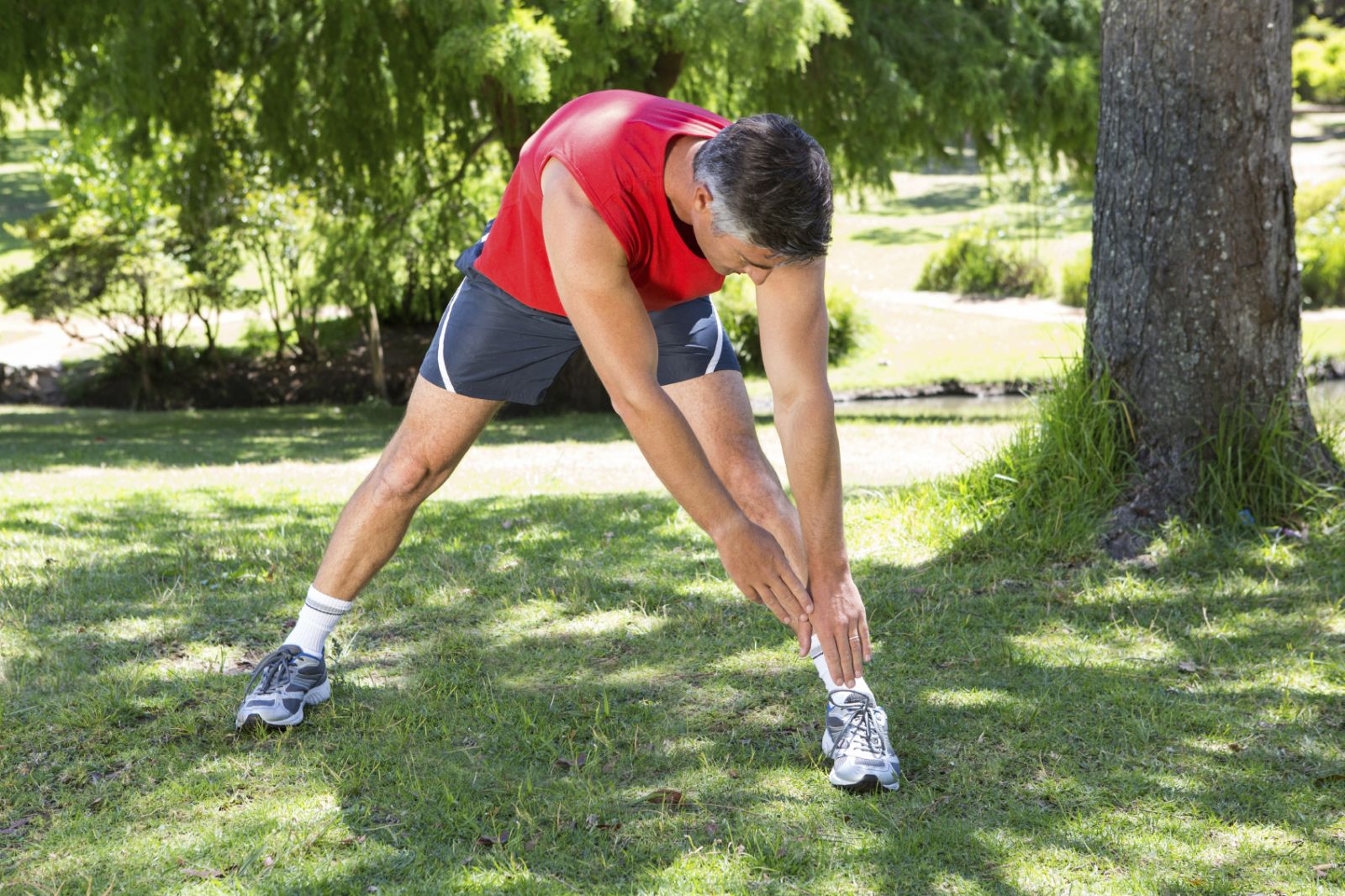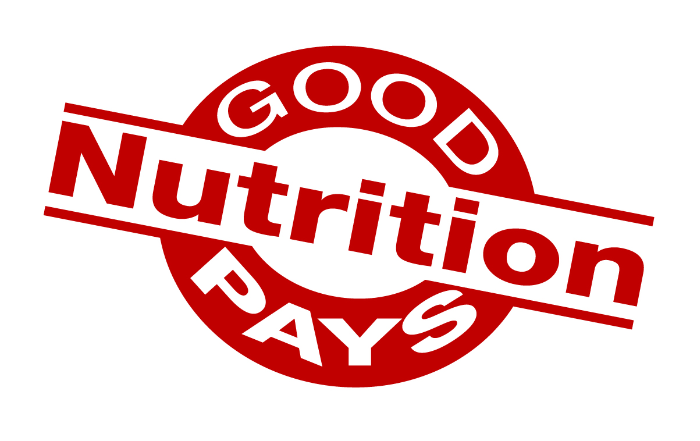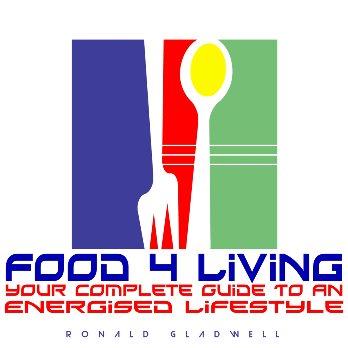|
Fitness Blog Covering Topics Of Interest Thursday, November 26 2015
In his Autumn 2015 statement, the Chancellor pledges to spend £600m on mental health. Out comes the fan fare and heaps and loads of praise for him and his party on tackling the current unacceptable under funded mental health situation in England. Let us, for a moment, step back and open the history books and look at mental health funding in England since 2010; the time when George Osborne, our Chancellor took office. Funding for NHS trusts to provide mental health services has fallen by more than 8% in real terms since 2010, according to research by Community Care and BBC News. Figures obtained under the Freedom of Information Act from 43 mental health trusts in England show that total funding for the trusts’ mental health services dropped in real terms by 8.25 per cent, or almost £600m (once inflation has been accounted for). Now, after a reality check has been taken of the situation should we still be showering the Chancellor with praise for his generosity?. In real terms, the Chancellor has been cutting funding to the most vulnerable persons in society, the mentally ill by £600m over the last 5 years and now we expect them to be thankful that he's giving it back. What sort of society do we live in where we make the most vulnerable suffer by not providing adequate services for them?. All that the Chancellor has done is to put mental health in England back to where it was in 2010 when he became chancellor and society should be grateful for this?. Gym In Motion provides fitness programs to persons struggling with mental health illness. What we've seen over the past 5 years is the impact that the taking of £600m in cuts from the mental health services has had on the most vulnerable in society. Front line services being strained to their maximum, long waiting lines to access therapy while the majority of people with mental health issues just don't get any help at all. Society is denying these vulnerable people assistance in the name of saving money. Not only have I experienced this from a supplier's point of view, but from first hand experience as I have a number family members who suffer or have suffered with mental health illness over the years. No where, has any government minister, employee or consultant, looked behind the scenes and seen that by denying services to a person with a mental health illness, in most cases causes their mental state of mind to worsen and so they spiral into deteriation. These are the consequences that are just brushed under the carpet, the consequences that aren't mentioned at dinner parties for they force society to take note of their actions which is not a pretty sight. Somehow, I don't think that those with a mental health illness will be heralding our Chancellor for giving back to the mental health services, what was rightly there's in the first place. If I'm a cynical person, I'd say that this whole announcement was just for our Chancellor and government of the day to get brownie points and be seen to do something about a dire situation which they created in the first place. The uninformed will be thankful, the informed will not be amused. References: Friday, November 06 2015
You might be eager to leap into your exercise routine and get on with the day — but don’t just dive in. Starting a workout with “cold” muscles can lead to injury. It’s important to start each workout with a warm-up and end with a cool-down — and that goes for true beginners, seasoned pros, and everyone in between. Warm-upWarming up pumps nutrient-rich, oxygenated blood to your muscles as it speeds up your heart rate and breathing. A good warm-up should last five to 10 minutes and work all major muscle groups. For best results, start slowly, then pick up the pace. Many warm-up routines focus on cardio and range-of-motion exercises, such as jumping jacks and lunges. If you prefer, you can do a simpler warm-up by walking in place while gently swinging your arms, or even dancing to a few songs. Cool-downAfter your workout, it’s best to spend five to 10 minutes cooling down through a sequence of slow movements. This helps prevent muscle cramps and dizziness while gradually slowing your breathing and heart rate. An effective cool-down also incorporates stretching exercises to relax and lengthen muscles throughout your body and improve your range of motion. To get the most out of these exercises, hold each stretch for 10 to 30 seconds. The longer you can hold a stretch, the better for improving your flexibility. As with the warm-up, it’s best to flow from one stretch to the next without rests in between. Thursday, July 16 2015
Mobility — the ability to move purposefully around your environment — is vitally important to health and well-being. Nearly one-third to one-half of adults ages 65 and older experience impaired mobility. At first, it may not seem like a big deal — many people with impaired mobility learn to just move a little more slowly and a little more deliberately. Some people work around the problem by relying on a cane or walker. That’s why it’s important to intervene to either prevent future mobility impairments or reduce existing ones.But taking impaired mobility “lying down” can cause your health to spiral downward. As you move less, pounds may start to creep on. You might withdraw from social relationships and activities that challenge you mentally. Exercise may become difficult, and lack of activity can worsen many health problems. This cycle of physical, emotional, and mental decline further restricts mobility. For most people, the ability to rely on their own bodies, skills, and mental agility is a crucial part of living a satisfying life. Having full mobility helps you fully engage with the world and fosters a sense of self-sufficiency that can help you live independently well into your later years. Sunday, June 14 2015
Learning to focus the mind can be a powerful antidote to the stresses and strains of our on-the-go lives. The ability to pay attention to what you’re experiencing from moment to moment — without drifting into thoughts of the past or concerns about the future, or getting caught up in opinions about what is going on — is called mindfulness. This basic mindfulness meditation exercise is easy to learn and practice.
The effects of mindfulness meditation tend to be dose-related — the more you practice it, the more benefits you usually experience. A less formal approach can also help you stay in the present and fully engage in your life. You can practice mindfulness at any time or during any task, whether you are eating, showering, walking, touching a partner, or playing with a child. Here’s how:
Saturday, October 25 2014
You might be surprised to learn that what you eat affects your ability to move.
Keys to a healthy diet There is no shortage of diet books and eating plans that claim to help you slim down and live a longer and healthier life. But healthy eating is surprisingly simple.
Friday, September 05 2014
Fruits and vegetables contain vitamins, minerals, and other nutrients that are essential for good health. That’s one reason why a plant-based diet that includes lots of fruits and vegetables can lower your risk of developing life-threatening diseases such as heart disease, diabetes, and some cancers. And when you pile on the produce, there’s less room for the unhealthy foods. Dinner is typically the largest (and latest) meal of the day, and it’s a good opportunity to make sure that you meet your daily quota for fruits and vegetables. Here are five easy ways to work more produce into dinner.
Thursday, August 21 2014
If opening jars becomes more difficult because of painful hands, or if climbing stairs produces pain in your knees, “arthritis” is often the first thing that comes to mind. The two most common forms of arthritis—osteoarthritis and rheumatoid arthritis—can cause similar aches and pains, but there are a few key differences between them. For example: Onset. Osteoarthritis occurs when cartilage (tissue in your joints that cushions your bones) wears away. Pain occurs when bone rubs against bone. This type of arthritis pain tends to develop gradually and intermittently over several months or years. Osteoarthritis is the most common type of arthritis affecting 27 million Americans. Many people believe it’s a crippling and inevitable part of growing old. But things are changing. Treatments are better, and plenty of people age well without much arthritis. If you have osteoarthritis, you can take steps to protect your joints, reduce discomfort, and improve mobility — all of which are detailed in this report. If you don’t have osteoarthritis, the report offers strategies for preventing it. Rheumatoid arthritis, on the other hand, is an inflammatory condition in which your immune system attacks the tissues in your joints. It causes pain and stiffness that worsen over several weeks or a few months. And joint pain isn’t always the first sign of rheumatoid arthritis—sometimes it begins with “flu-like” symptoms of fatigue, fever, weakness, and minor joint aches. Location. Both osteoarthritis and rheumatoid arthritis can affect the hands. However, osteoarthritis often affects the joint closest to the tip of the finger, whereas rheumatoid arthritis usually spares this joint. And while rheumatoid arthritis can appear in any joint, its most common targets are the hands, wrists, and feet. Type of stiffness. People often describe vague muscle aches as “stiffness,” but when doctors talk about “stiffness,” they mean that a joint doesn’t move as easily as it should. Stiffness may be prominent even when joint pain is not. Mild morning stiffness is common in osteoarthritis and often goes away after just a few minutes of activity. Sometimes people with osteoarthritis also notice the same type of stiffness during the day after resting the joint for an hour or so. In rheumatoid arthritis, however, morning stiffness doesn’t begin to improve for an hour or longer. Occasionally, prolonged joint stiffness in the morning is the first symptom of rheumatoid arthritis. Thursday, July 24 2014
Medications make a difference — generally a positive one — in the lives of many people. Insulin keeps blood sugar under control, cholesterol-lowering drugs can reduce the chances of having a heart attack, and thyroid medication can restore a normal hormone level. These are but a few examples. At the same time, all drugs carry side effects, and can interact with other medications. For many medications, one or more side effects affect balance. And that can increase your chances of taking a fall. How? According to the Centers for Disease Control and Prevention, common problems include vision changes, dizziness or lightheadedness, drowsiness, and impaired alertness or judgment. Some medications may damage the inner ear, spurring temporary or permanent balance disorders. How do I know if this is a problem for me?Some of the commonly prescribed medications that can affect balance include:
Sometimes the problem isn’t a single drug but the combination of medications being taken together. Older adults are especially vulnerable, because drugs are absorbed and broken down differently as people age. If you are concerned about how your medications may be affecting your balance, call you doctor and ask to review the drugs you’re taking, the dose, and when you take them. It is never a good idea to just stop taking a medication without consulting your health care provider first. Doing so can create even more health risks. Thursday, May 15 2014
The prostate is can be a troublesome little gland. It is prone to painful infections and inflammation (prostatitis), enlargement that interferes with urination (benign prostatic hyperplasia, or BPH), and cancer. Prevention is the best medicine, something exercise can help with. Exercise has also been shown to help treat various prostate-related conditions. Although relatively few studies have looked at the impact of exercise specifically on prostate health, the ones that have suggest that regular physical activity can be good for this walnut-sized gland. BPH prevention. In the ongoing Harvard-based Health Professionals Follow-up Study, men who were more physically active were less likely to suffer from BPH. Even low- to moderate-intensity physical activity, such as walking regularly at a moderate pace, yielded benefits. Prostatitis treatment. Italian researchers conducted a randomized controlled trial (considered the gold standard of medical research) in men with chronic prostatitis. Those in the aerobic exercise group walked briskly three times a week. A comparison group did non-aerobic exercise (leg lifts, sit ups, and stretching) three times a week. At the end of 18 weeks, men in both groups felt better, but those doing aerobic exercises reported less prostatitis pain, less anxiety and depression, and better quality of life. Prostate cancer progression. In a study of more than 1,400 men diagnosed with early-stage prostate cancer, men who walked briskly (not leisurely) for at least three hours a week were 57% less likely to have their cancer progress than those who walked less often and less vigorously. In an analysis from the Health Professionals Follow-up Study, men diagnosed with localized prostate cancer who engaged in vigorous activity at least three hours each week had a 61% lower chance of dying from the illness, compared to men who engaged in vigorous activity less than one hour a week. How to get started A well-rounded exercise program that includes a half-hour of physical activity on all or most days of the week delivers solid health benefits. And you needn’t perform this activity all at once; you can break it up into three 10-minute segments. As always, talk to your doctor before beginning an exercise program. He or she can help you develop a routine based on your health and fitness level. Saturday, April 19 2014
Your body depends on the mineral potassium to help control the electrical balance of your heart as well as metabolize carbohydrates and build muscle. Low potassium levels can cause muscle weakness and heart rhythm disturbances. On the other hand, too much potassium can cause dangerous heartbeat irregularities and even sudden death. If you have heart failure, you need to pay close attention to how much potassium you get each day. What’s more, some heart failure drugs can cause your body to excrete too much potassium, while others can cause your body to retain too much potassium. Your doctor can tell you how the medications you need will affect your potassium levels. You’ll likely need to have your potassium level checked regularly to be sure it is within a good range for you. If you need to raise your potassium level: If your potassium level is too low, the solution may be as simple as taking potassium supplements. If you need to get your potassium level down: If your potassium level is too high, you may need to cut back on certain foods (see the table). These tips can also help:
| ||||||||||||||||||||||||||||||
 |




 Image: iStock
Image: iStock
